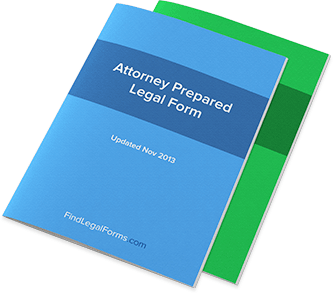What You Need to Know About the Assumption of Risk Agreement
One of the primary focuses of our modern judicial system is on the idea of fault: determining who is at fault in any one given case is often enough to determine how the case should therefore be ruled.
Fault, of course, is determined by a number of things. But a defendant in a court case can successfully defend themselves if they are able to show that in their specific case, the plaintiff was the one who undertook the assumption of risk and is, therefore, at fault. A dangerous action that involves behavior that is considered “high-risk” can be the direct responsibility of the plaintiff if it’s understood that they assumed the risk in the first place.
That’s why the assumption of risk agreement is such an important document. It doesn’t only help decrease potential liability for business and property owners, but can help the individual signing the agreement to understand exactly what kind of situation they’re getting themselves into. Both of these elements contribute to the usefulness of an assumption of risk agreement for any entity that is looking to mitigate any potential losses it could see as a result of dangerous activity.
At this point, an assumption of risk agreement might sound very close to a waiver. In truth, the two forms often go hand in hand so that a contract might even be a “waiver and assumption of risk.” This is key to understanding the role of the assumption of risk agreement whether you’re the only asking that it be signed or the one doing the signing.
In what situations might this kind of waiver be a good idea? Generally, having someone sign an assumption of risk agreement is a good idea if they’ll be using your property for a long time. For instance, having someone who will be staying as a guest of your house for a long time (or even house-sitting) sign a waiver release and indemnity will be a great way to ensure that your interests are protected.
Another instance that this type of waiver would be effective is when dealing with physical activity – for example, having members of your gym sign a waiver when they begin membership at your facilities. Any situation in which you could be seen as partly responsible as a result of injury or harm because someone was using your property could be a situation that calls for an assumption of risk agreement or waiver.
When is it a good idea to go without an assumption of risk agreement? Generally, the only time that it would be considered legally prudent to do so is when there is no potential for you to be liable for any damage or injury. Property owners know that ownership alone can require that they take precautions to ensure they’re not liable for this type of harm. But if you don’t own a lot of property, you can generally avoid assumption of risk agreements as a part of your standard practice. However, because each person’s situation is different, it’s generally best to take a cautious approach.

